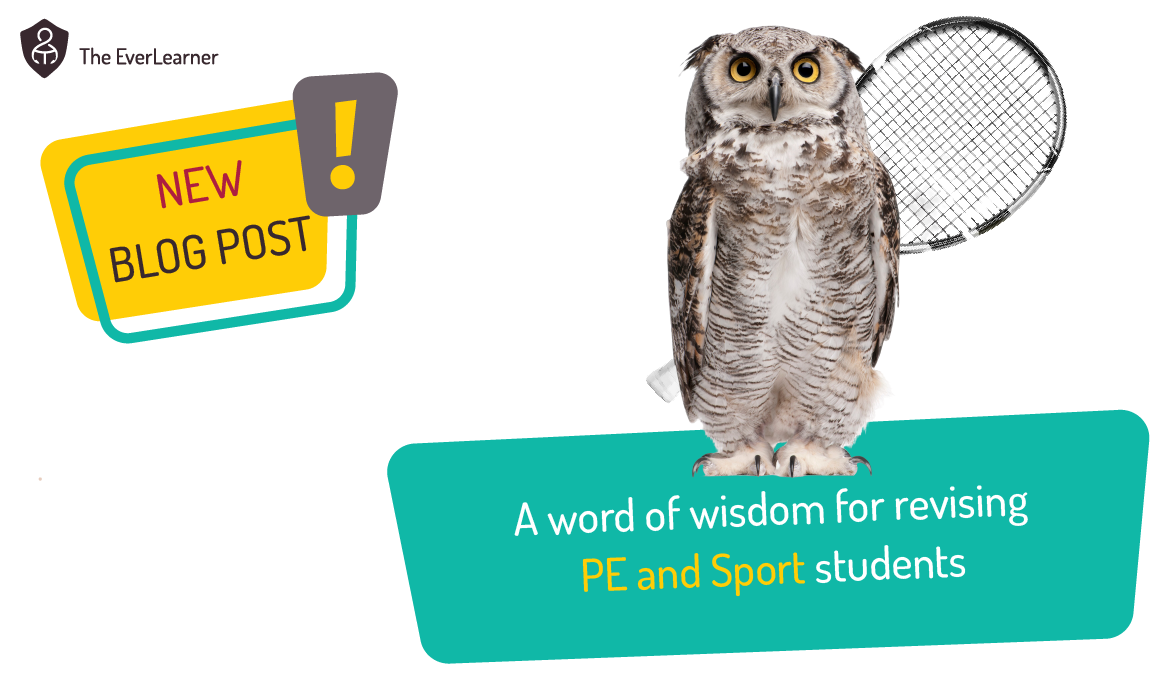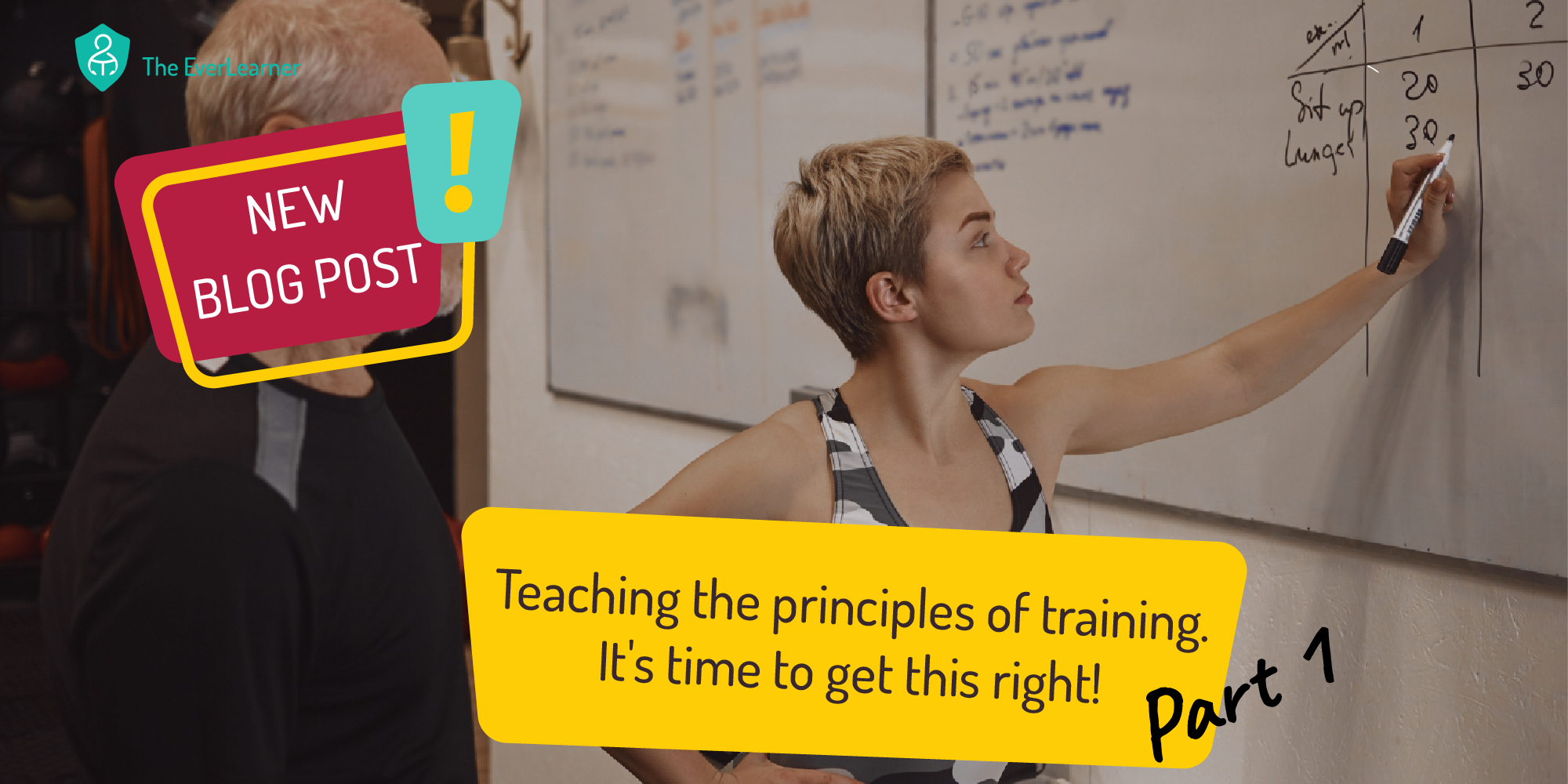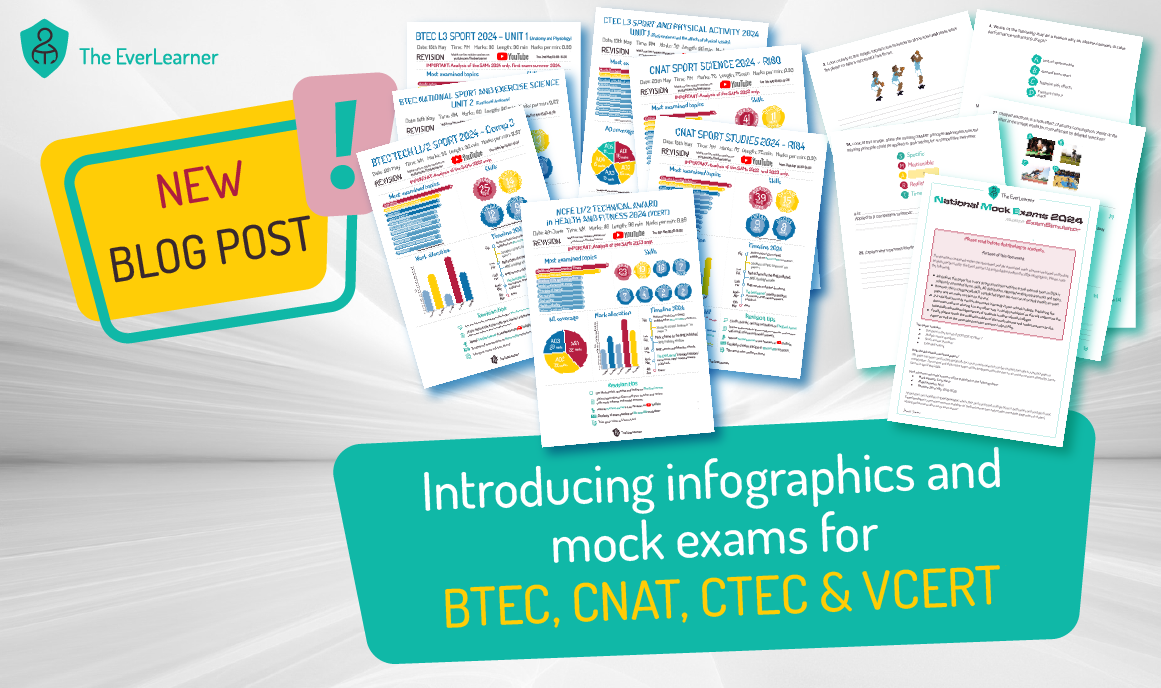6 Ways to Use Model Answers in Your PE and Sport Lessons
Dear PE colleague,
I invite you to think about the types of learning resources that you spend most of your time creating. If you look at the entirety of your lesson preparation time, which types of documents, presentations and tasks do you tend to find yourself making? In my earlier career, I made a lot of PowerPoint presentations, worksheets and past-paper question sets.
A typical lesson involved me doing something like this:
- Starter
- Presentation
- Worksheet(s)
- Past-paper question and mark scheme
- Plenary and homework setting
I wonder if this is similar to what you do?
In the second half of my career, I have spent increasing amounts of time producing writing to be read by my students. Typically, although not exclusively, this has involved me modelling answers to exam questions so that students can benefit from a clear representation of what good practice looks and feels like. By way of an estimate, I think I may have written thousands of exam answers for my students and I have used them in multiple ways.
Within this post, I want to share with you six ways in which I find model answers to be helpful within PE and Sport lessons as well as some guidance as to how teachers should approach model answers.
The seven ways are:
- Unstucking
- Modelling skills
- Thinking like an examiner
- Establishing the E-I-O model of examples
- Finding the errors
- Comparing mine to yours
Before I dive into this, I also want to offer a little guidance on the process of modelling answers for students. Firstly, I do not try to write like a teenager. This is a common mistake made by some teachers when providing model answers. I have real problems with the view that “students will never be able to write like you (the teacher).” This view is non-educational and focuses on the ideas of what students can’t rather than can do, which is an externally imposed limitation. The students in my –and all– classrooms are deeply capable. I never –and really mean never– even contemplate what they can’t do. Whilst this is largely a philosophical perspective it is also very pragmatic: growth and improvement flow very naturally from a belief that growth and improvement are possible.
Beyond this, I carefully pick my battles with model answers. Take a look at this infographic summary of OCR A-level PE Paper 2, which I use by way of a representation of many PE and Sport courses:

It is clear to me that I need to focus my energies on the requirements of ‘Explain’, ‘Discuss’ and ‘Evaluate’ model answers. Approximately half of all marks on the paper come from being able to achieve this:

It is also clear to me that modelling two-, four-, six- and 10-mark questions is going to be highly impacting for my students:

And that, finally, ensuring that students are capable of achieving AO2 and AO3 marks as well as AO1 marks is going to be highly relevant to them:

I also invite you to think about this process from a student’s perspective. Consider that, for students, reading their teacher's writing is probably not the height of excitement. However, they can also value the experience because, if done well, it is highly likely to have a significant impact on their achievement.
1. Unstucking
In my opinion, the process of “unstucking” should be considered to be:
A student action that involves the use of a stimulus to end a learning plateau.
Whilst this might seem a bit grand for a student simply working on something they are unsure about, I want to draw attention to two key facets of the definition. Firstly, it is all about student action. The student does the “unstucking” not me, the teacher. Secondly, it is a process aimed at ending a learning plateau. A learning plateau occurs when, despite repeated attempts/trials, the student does not progress. This plateau can be represented like this:

The student is “stuck” between points A and B but the introduction of the model answer stimulus at Point B causes improvement between Point B and C. Model answers are, in my experience, amongst the very best resources for “unstucking” students.
2. Modelling skills
We saw earlier that OCR A-level PE Paper 2 has a major focus on the ‘Explain’, ‘Discuss’ and ‘Evaluate’ skills. But if you look below, in Paper 1 there is the emergence of a different blend of skills:

The ‘Describe’ command has emerged as being absolutely critical for performance. Therefore, using model answers to clearly demonstrate the differences between these writing skills can make a major difference to student performance as well as exam confidence.
Let’s say that there were three exam questions about this blog post with three different commands. The answers would be utterly different:
- “Describe the blog post.”
- “Explain why James wrote the blog post.”
- “Evaluate the blog post.”
The “Describe’ model answers would feature characteristics and components of the post. The ‘Explain why’ ones would feature my motivations for writing and for choosing the content and the timing of it. The ‘Evaluate’ model answer would feature the strengths, weaknesses and a summary conclusion about the blog post. This is exactly what students need to be capable of performing in their exams and utilising model answers to create a reliable aspiration is excellent teacher practice.
3. Thinking like an examiner
Students sitting external PE and Sport exams need to understand the process that an examiner will undertake. They need to understand what will score marks and they need to know what makes an impact on a reader and marker of a piece of writing.
For these reasons, I encourage teachers to consider using model answers as marking stimuli with students. Whilst in other areas of this article I suggest reading and comparing model answers, here I am specifically advocating for model answers to be marked by students.
When students mark model answers, there is a range of formats that can work well:
- Marking a partially successful answer and then using the mark scheme to improve it to full marks
- Marking a fully successful answer
- Marking an answer that contains numerous (deliberate) errors and finding and changing those errors
If you consider the majority of what students mark during a PE/Sport course, on average this will involve marking their own writing, other students’ writing and, perhaps very occasionally, a model-answer piece of writing. What I am suggesting here is that students frequently mark pieces of writing that are specifically designed for a marking experience.
4. Establishing the E-I-O model of examples
As mentioned above, making AO2 points is critical to a large majority of PE and Sport exams. On OCR A-level PE Paper 2, for instance, making examples is at least as important as knowing things about the subject:

Therefore, writing and reviewing a model answer should include the student identifying when well-developed and lesser-developed examples have been made.
As many of you will know, I have published a model for formatting AO2 writing called the E-I-O model.

Therefore, model answers are perfect resources to hone this behaviour and to develop it in students. When you write your model answers, these need to include model examples and students can then work to analyse the ways in which you structured the examples that you made. Take this as a very simple expression of this idea:

If we simply ask students to write E-I-O model examples, they will do, at best, okay on average. But, if we show them over and over how it can be done and maintain the highest expectations that they do the same, the chances of AO2 success are far greater.
5. Finding the errors
This methodology has been expressed a couple of times above already. When you provide a model answer to students, it is a good idea to (sometimes) include deliberate errors and/or omissions for students to find. Put simply: write answers that contain these errors and provide a format for your students to find them.
6. Comparing mine to yours
Finally, making writing comparisons is an exceptional way to support a post-writing experience for students. Let’s imagine that students have completed an end-of-unit piece of writing and that you are about to provide their marked papers to them and to go through the paper. If, alongside this experience, students can make comparisons between their answers and model answers, the chances of growth and improvement (much like I write about in the “Unstucking” section) increase factorially.
Think about how limiting it is to receive a paper back with a score of 50%, say, and to be unclear about how another person would go about increasing their performance into the upper half of marks. Using model answers for this process is the smartest way to create a clear impression in the mind of students about what is possible.
So, there you have it. Six ways of using model answers in your PE classroom. Because I believe in this practice so much, I am going to be writing many model answers in the coming months and sharing them via the blog. If there is a particular question that has always bugged you, please fire it my way and I will have a go at providing a model answer for that question to you and others.
Have a great day.
James
%20Text%20(Violet).png)


